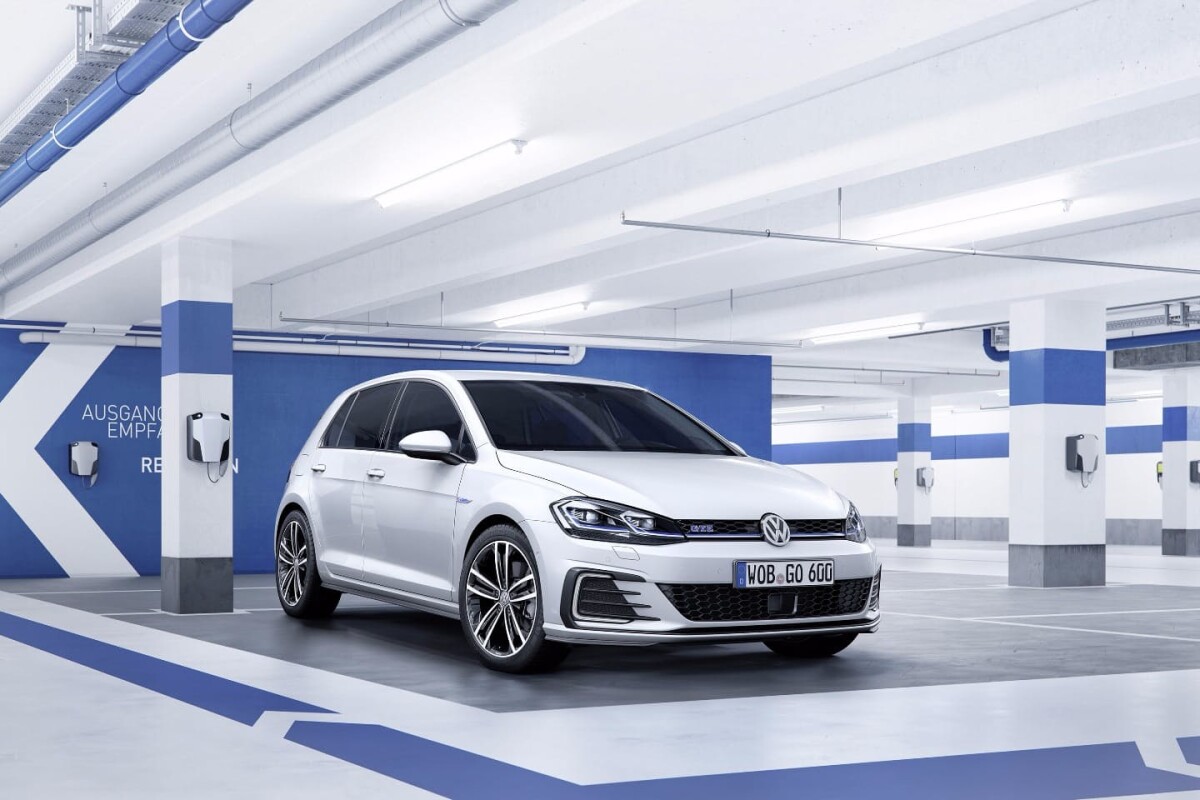Autonomous cars are being put through thousands of miles worth of testing every month, but specialised self-driving prototypes aren't the only vehicles able to provide crucial information for the future of safer, smarter cars. Although we still need to drive them, sensors and cameras mounted around modern cars can still be used to further the self-driving breed. VW and Mobileye plan to do just that, creating a detailed map using cameras and sensors on new cars sold after 2018.
One of the biggest changes made to cars recently is the introduction of connected features. Now, rather than steering you straight into heavy traffic, some cars are able to gather live traffic data and work out the best possible route around it. You can also lock/unlock Jaguar, Volvo and BMW vehicles from an app, while the new Mercedes E-Class is able to warn other cars fitted with the same Car-to-X technology of accidents farther up the road.
There's also a huge array of sensors fitted to most new cars, including cameras and radars for auto-emergency braking. Using its new Road Experience Management system, Mobileye plans to take the data being gathered by sensors to be installed on Volkswagens from 2018, including precise location information, lane marking and road conditions, and then feed it back to a central cloud.
This information will be used to create a high definition world map, something the two companies hope will become an industry standard. According to VW and Mobileye, the partnership is the first of its kind – although they aren't alone in trying to map the roads of the world using the "swarm" of cars already out there. Tesla gathers data from all its cars running Autopilot software, helping it to work out where the self-driving system struggles and what needs improving.

"Every day millions of Volkswagen vehicles drive on our streets. Many of them are equipped with sensors to monitor the surroundings," says Dr. Frank Welsch, Member of the VW Board. "We can now utilize this swarm to obtain various environmental data [...] related to traffic flow, road conditions and available parking places, and we can make these highly up-to-date data available in higher-level systems."
Although this is just a small step, VW and Mobileye hope the agreement will pave the way for more manufacturers to get involved in the REM project. Of course, with more companies involved there are more cars on the road gathering data, increasing the pace at which the maps can be developed. Given BMW and Delphi are already working with Mobileye on their self-driving systems, we wouldn't be surprised to see more brands getting on board soon.
Source: Volkswagen, Mobileye





